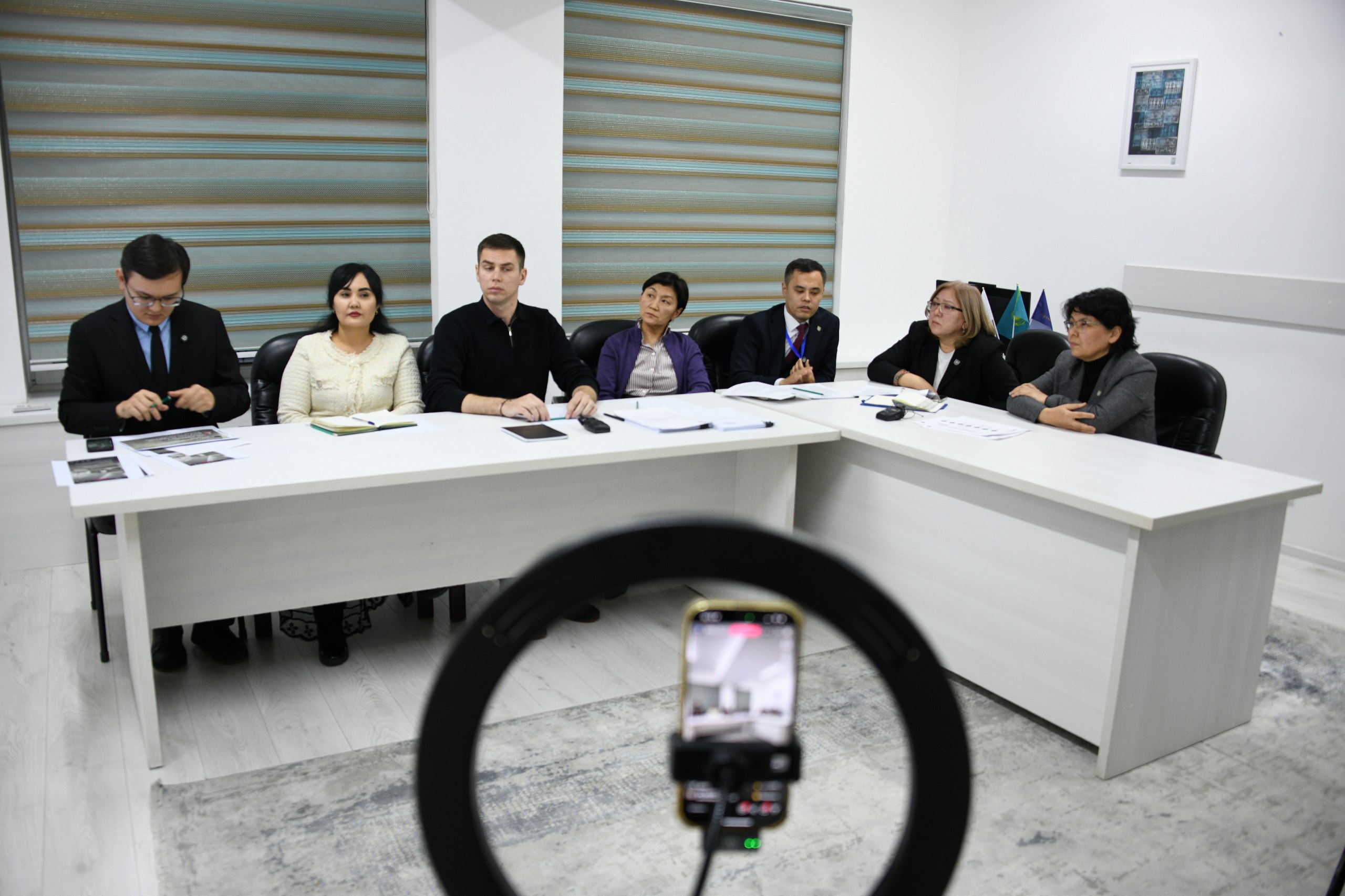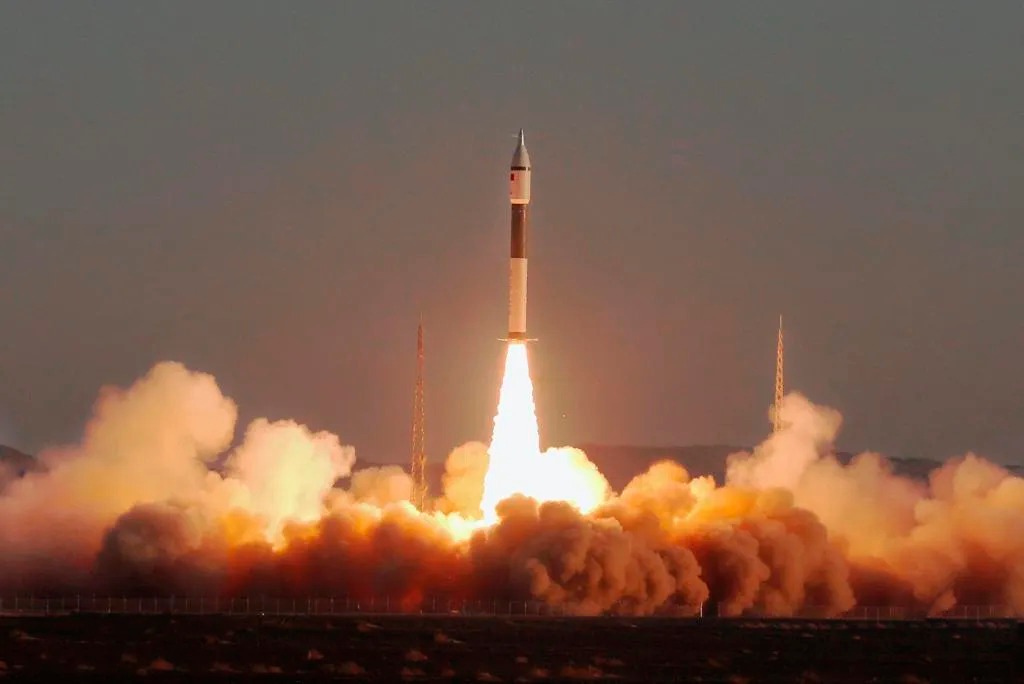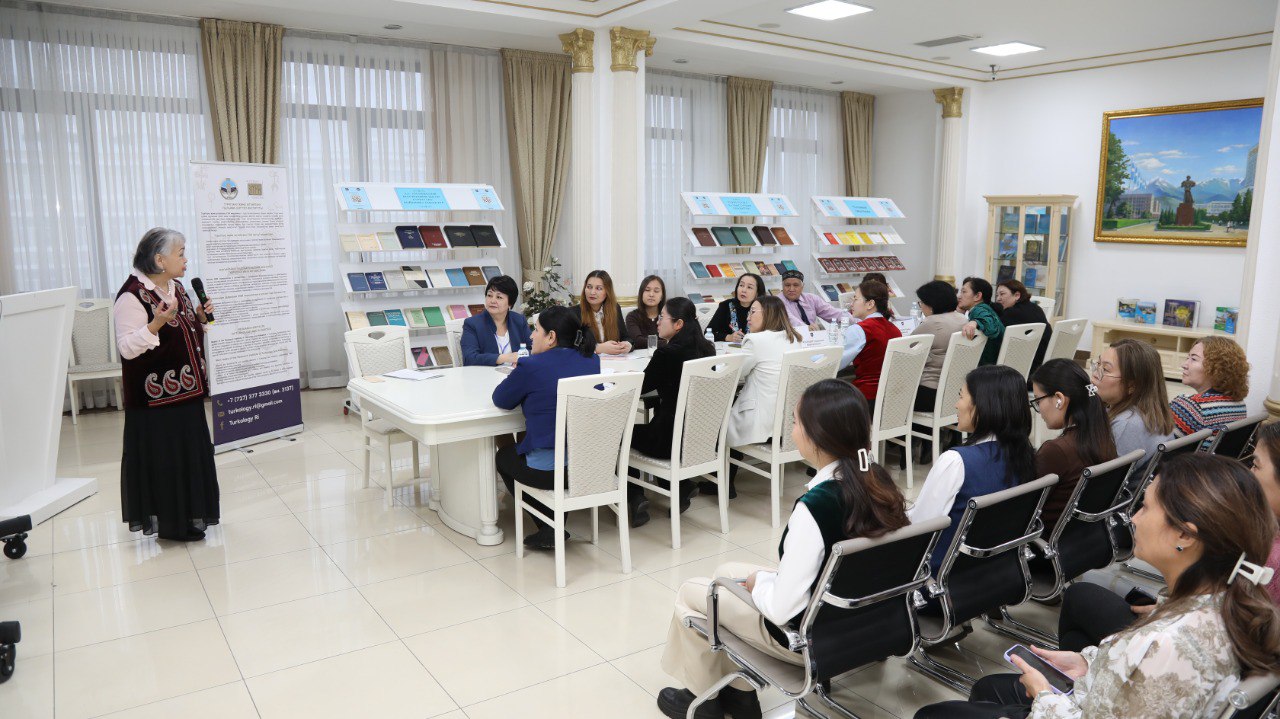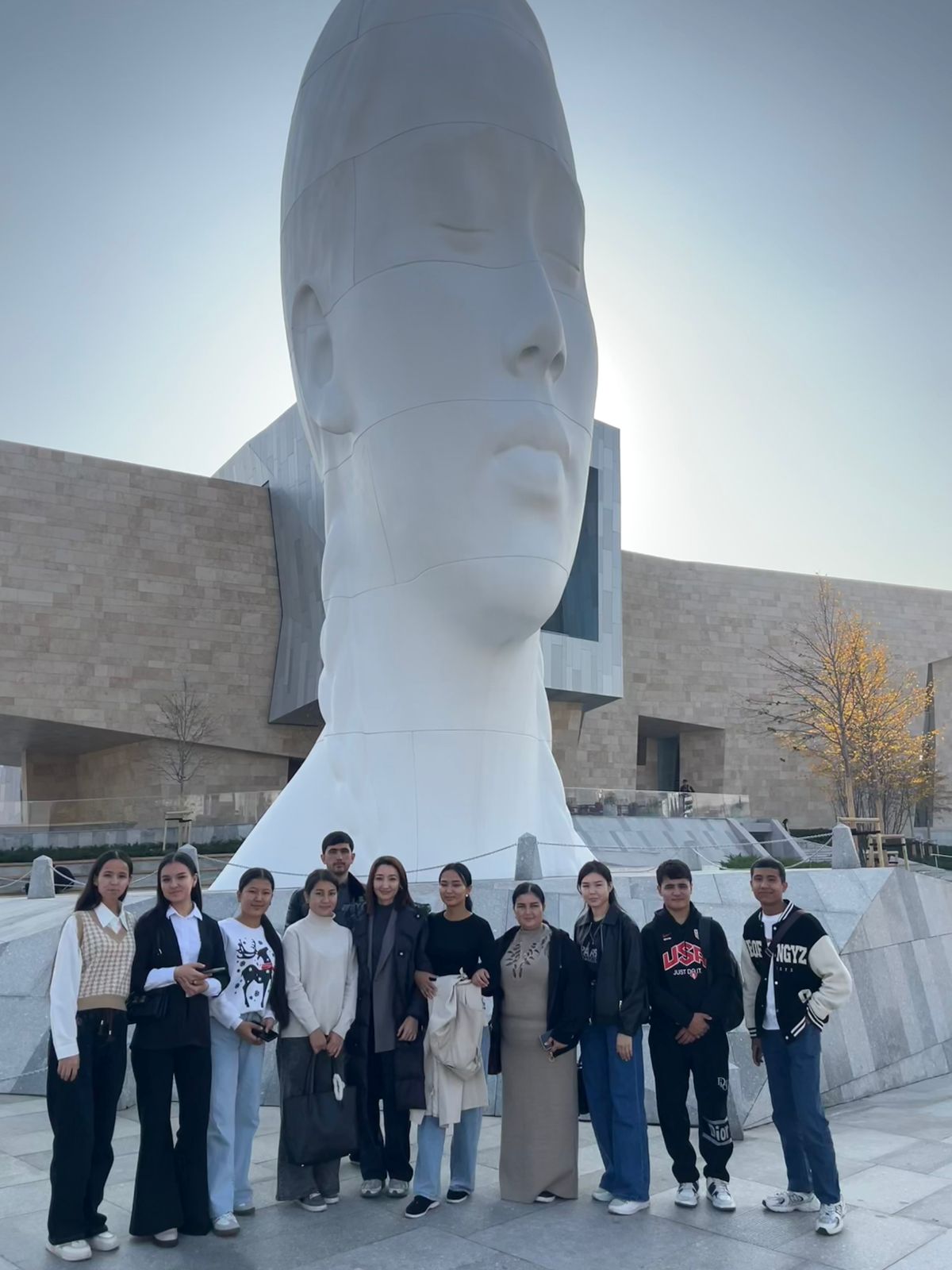
In honor of the Republic Day of Kazakhstan on October 25, a guided excursion to the art museum was organized by senior lecturer and advisor of the Department of Russian Philology and World Languages at Al-Farabi Kazakh National University, A.O. Ospan, within the framework of SDG No. 9 "Industry, Innovation, and Infrastructure." The 3rd-year students majoring in "Russian as a Foreign Language" and the 1st-year students majoring in "Biomedicine" took part in the event.
The students visited the new center of contemporary art — the Nurlan Smagulov Art Museum, located in Almaty.
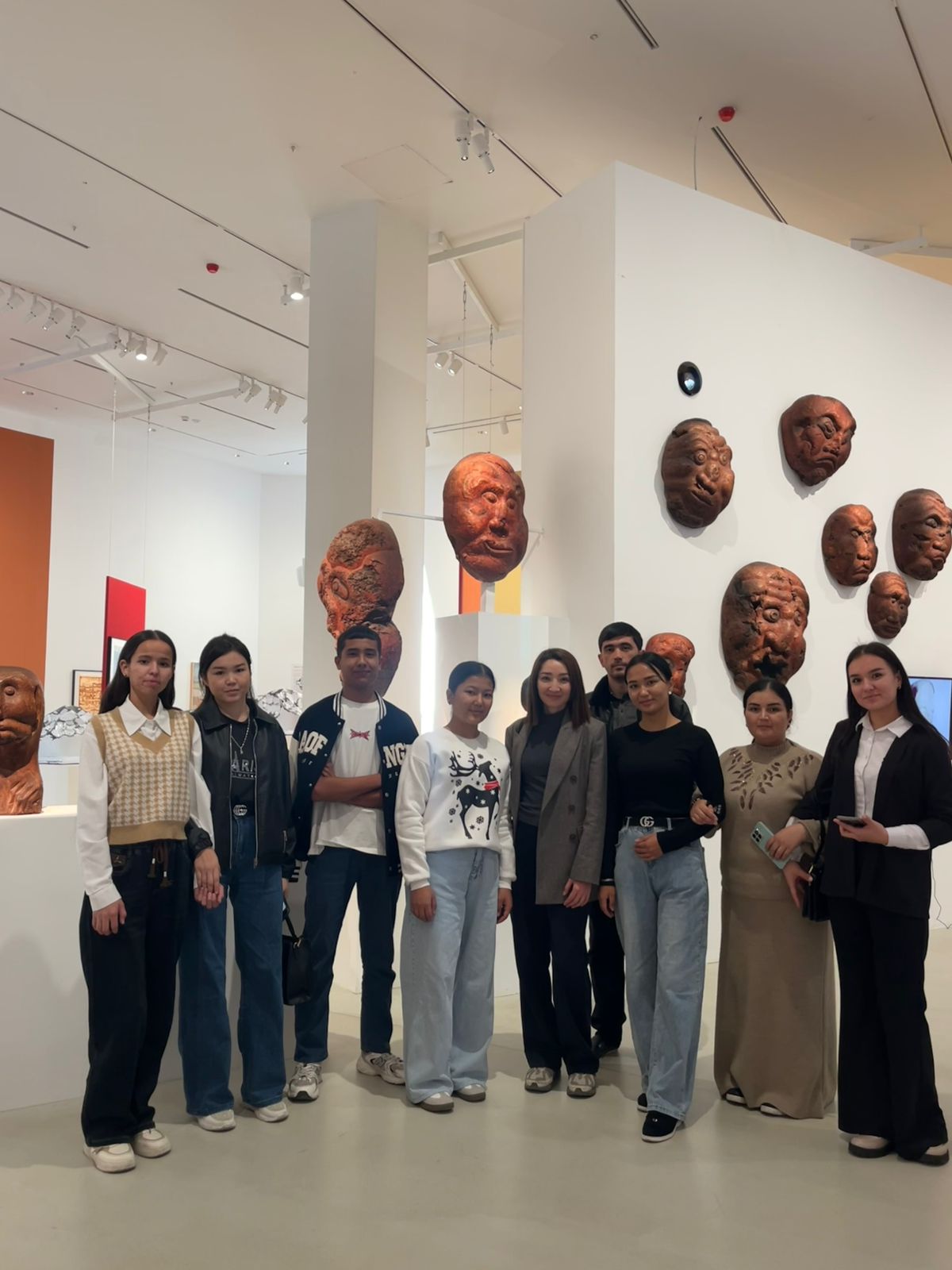
The purpose of the excursion was to introduce the students to national culture, to develop aesthetic perception, and to promote intercultural communication. Another important objective was to broaden the cultural outlook of international students, familiarize them with the contemporary art of the Kazakh people, and spark interest in the country’s cultural heritage.
During the tour, the students explored Kazakhstani and international art of the 20th and 21st centuries. The guide spoke about renowned artists, their main themes, and creative directions. Special attention was given to works reflecting national identity, modern Kazakh imagery, and regional landscapes.
Overall, the visit to the museum left a positive impression on the students. Philology students were particularly interested in the visual interpretations of folklore, literary plots, and myths presented in the exhibition, while biology students focused on nature-related themes. Both groups, consisting of Turkmen students, showed great interest in exploring the culture and art of the country in which they are studying. For them, the excursion was not just a museum visit, but an opportunity to gain a deeper understanding of Kazakh art and feel a part of the student community.
In conclusion, this excursion contributed to further strengthening the warm, friendly, and trusting atmosphere between the group’s advisor and students. Such group meetings help students express their opinions openly, share their impressions after events, and get to know one another better, fostering the formation of a close-knit team. Moreover, visiting museums plays an important role in the development of patriotic, aesthetic, and intercultural education. It can be confidently stated that this event not only brought together students from different fields of study but also helped develop their interest in art and enhance their cultural awareness.
Ospan A.O.
al-Farabi KazNU
